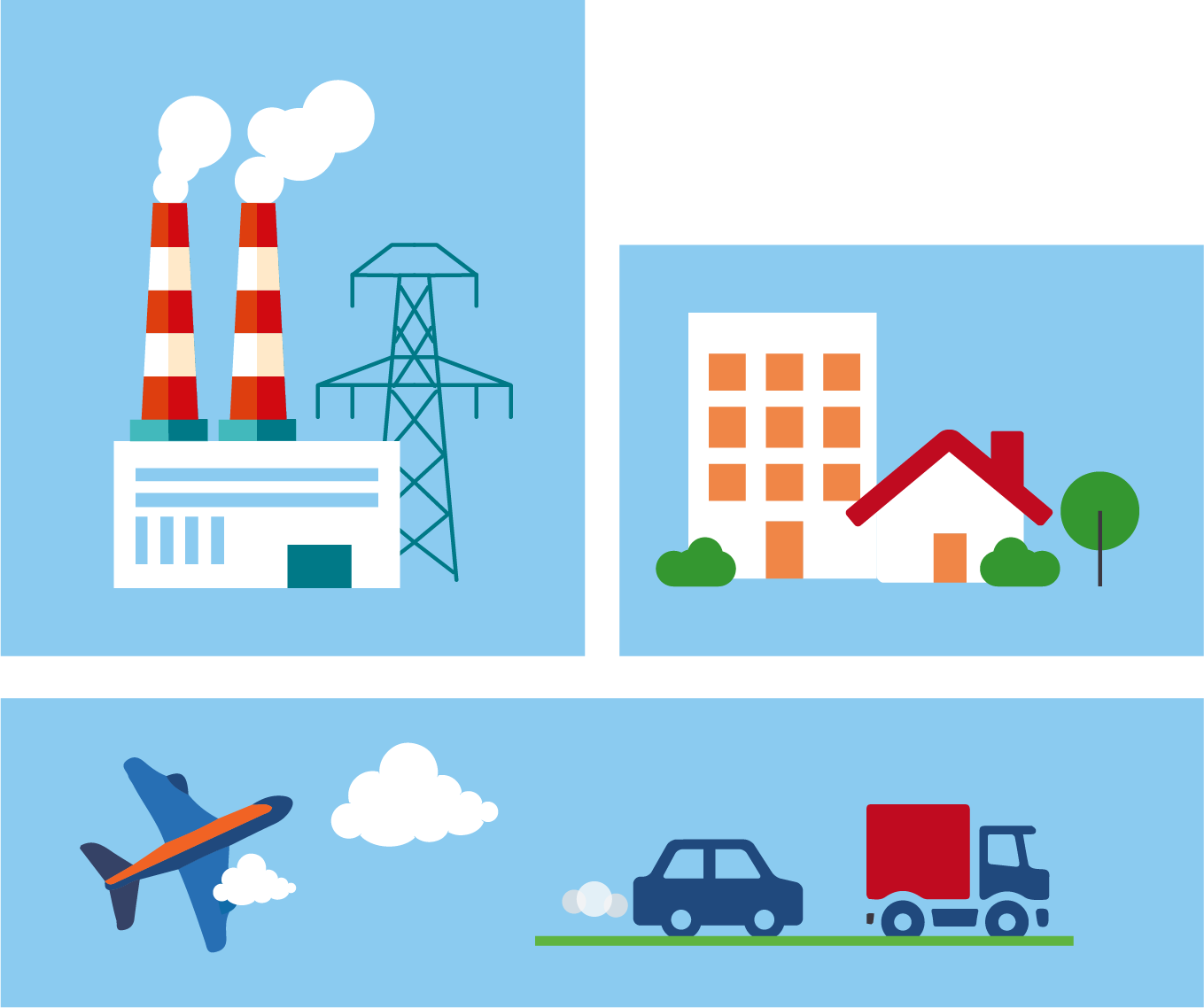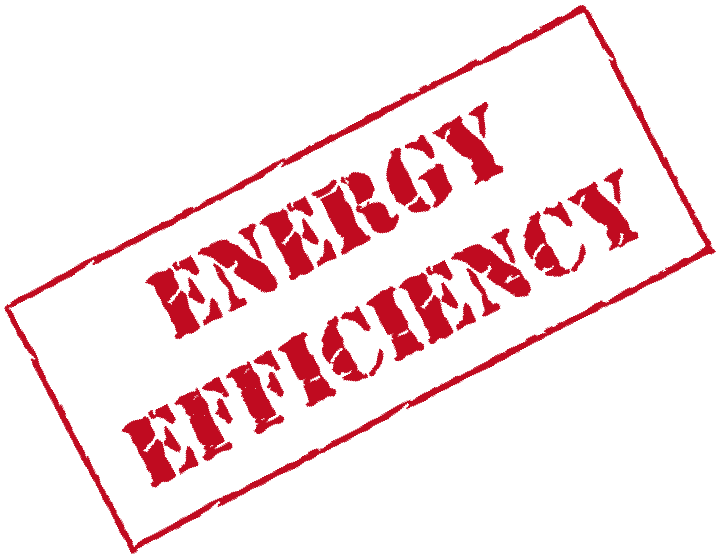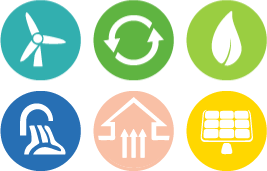4. What are the links between energy and the environment?
4.1 How are emissions of greenhouse gases by the EU evolving?
Climate change is a threat to sustainable development. After years of extensive research, the scientific community agrees that man-made greenhouse gas (GHG) emissions are the dominant cause of the Earth’s average temperature increases over the past 250 years (IPCC, 2014).

4.2 How efficient are we in our consumption of energy?
One of the priorities of the Energy Union strategy is to increase energy efficiency in an attempt to reduce energy consumption by 20 % by 2020. Energy intensity is a measure of an economy’s energy efficiency and shows how much energy is needed in order to produce a unit of gross domestic product (GDP).


